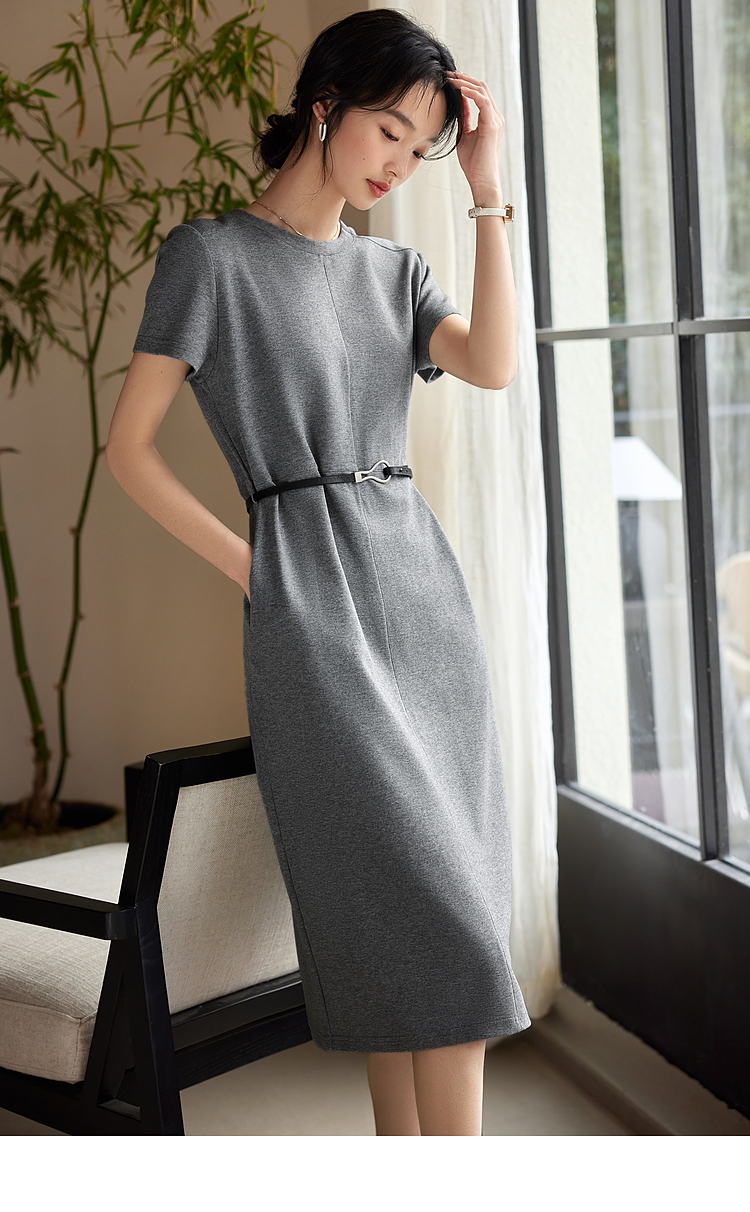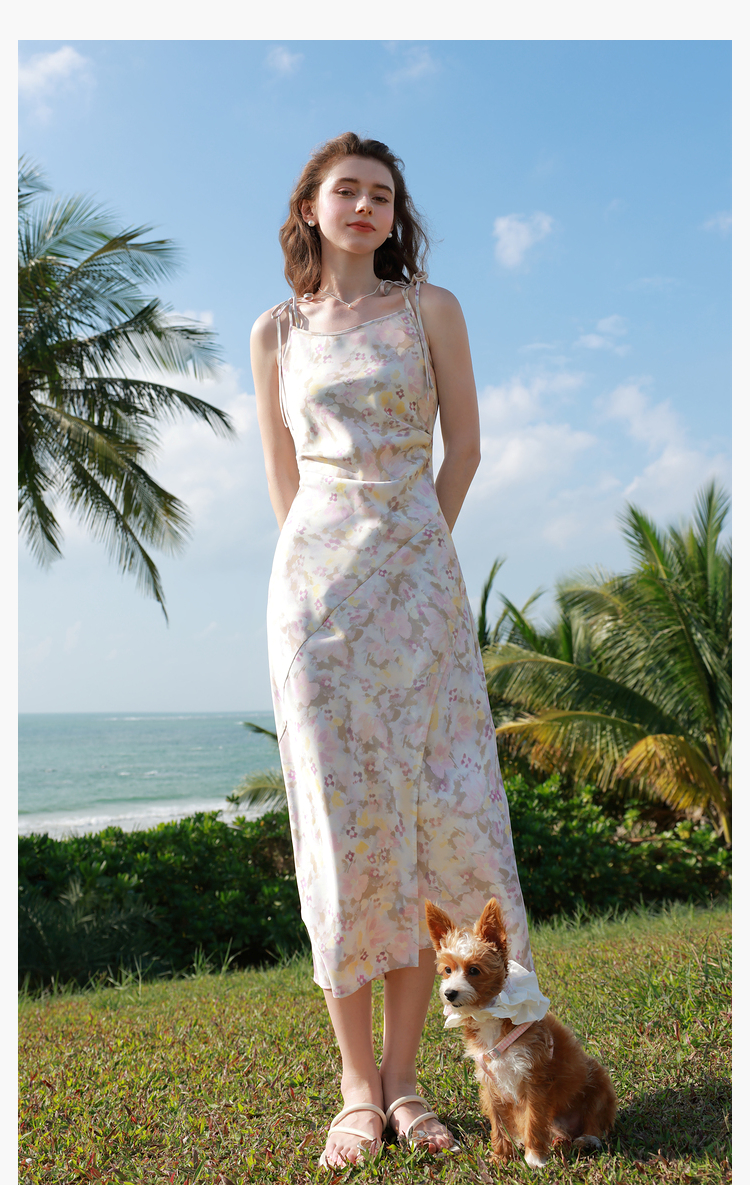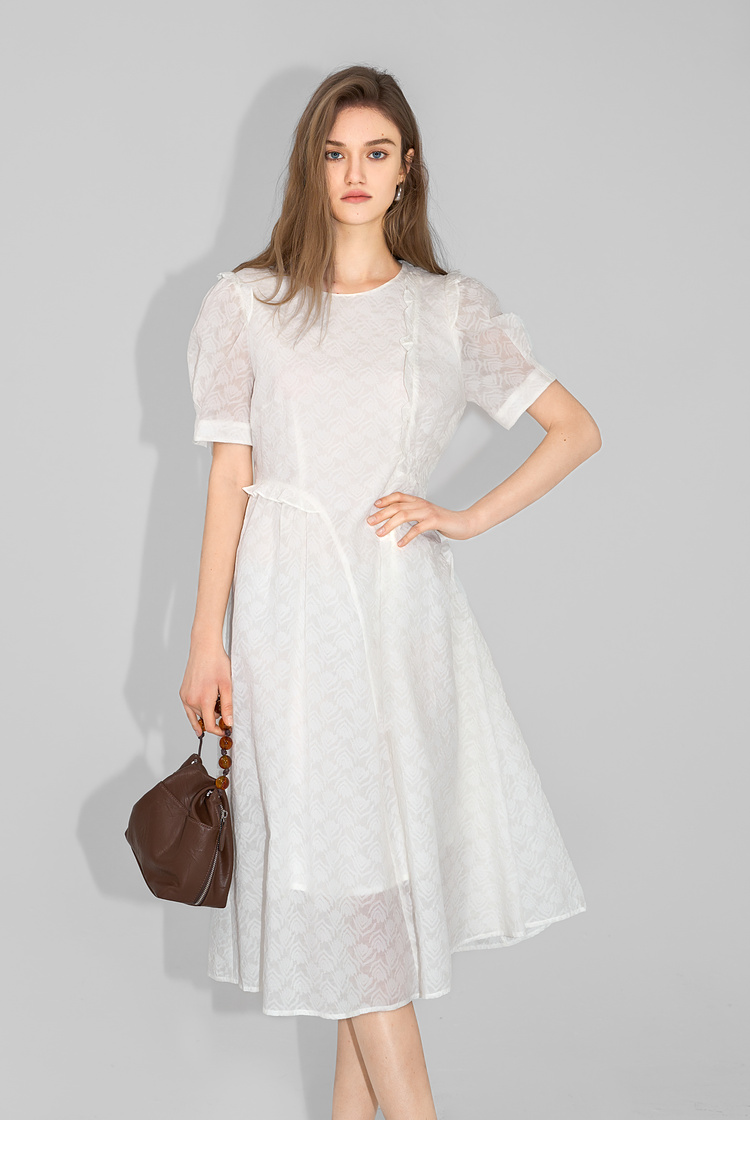Qipao, also known as qipao, is a traditional attire for Chinese and international Chinese women, known as the quintessence of China and the national dress for women.
Qipao was formed in the 1920s, and some scholars believe that its origin can be traced back to the deep clothing of the pre Qin and Han dynasties. Although there are still many controversies about its definition and origin, it is still one of the most brilliant phenomena and forms in China’s long-standing clothing culture.
Qipao became the most common women’s clothing after the 1920s in the Republic of China.
In 1929, the government of the Republic of China promulgated the “Regulations on the Clothing System”, which designated traditional Han women’s jackets, skirts, and qipao as women’s formal dresses.
The reason for the popularity of the Republic of China cheongsam was believed by many scholars and media at that time to be an important reason for women in the early Republic of China to seek ideological independence and feminist liberation by imitating men in wearing long robes.
Since the Han Dynasty, Chinese Han women have gradually only worn the style of “upper garment and lower garment”, commonly known as “two cut clothing”, and wearing robes and clothing has almost become a patent for men. The wearing of “two pieces of clothing” by women has also become a symbol of feudal ethics’s oppression of women. The “Daughter’s Classic”, which is regarded as evidence of feudal ethics’s persecution and discrimination against women, states:
“A woman dressed in two pieces of clothing for mulberries should not be on par with her husband. In all matters, she must be humble and obedient, and she must not crow the rooster in the morning.”
During the early period of the establishment of the Republic of China, due to the influx of Western culture and ideology, the country suffered from the invasion of foreign powers and warlord wars. Young people with advanced thinking actively learned from the West, especially women who bravely pursued liberation, which was unprecedented in the history of Chinese feudal society. The social movements that erupted at that time, such as the May Fourth Movement and the New Culture Movement, with young people as the main participants, provided tremendous impetus for women to seek ideological liberation and equal rights at that time. Many scholars, when studying the origin of qipao, also stood in such a social context at that time, such as Wu Hao’s book “Chinese Women’s Clothing and Body Revolution (1911-1935)”.
After 1840, entering modern times, Western culture infused the local culture of the Qing Dynasty. Many coastal cities, especially metropolitan areas like Shanghai, were ahead of Western culture due to the coexistence of Chinese and foreign cultures, and clothing began to undergo potential changes.
The qipao, which was popular in the 1920s, was formed by the continuous improvement of Western clothing styles in traditional Chinese robes worn by women in the Republic of China. At that time, there was no professional clothing research center, and the changes in clothing styles were constantly changing in thousands of households under the influence of the times.
From the 1920s to the late 1940s, Chinese cheongsam was popular for more than 20 years, with several changes in styles, such as the height of the collar, the length of the sleeves, and the height of the slits. This completely broke away from the old-fashioned style of cheongsam and changed the old appearance of Chinese women who had been tied around the chest and arms for a long time. It fully demonstrated the beauty of women’s physique and curves, which was suitable for the trend at that time and contributed to women’s liberation. The Qingbu Qipao was most popular among female students at that time, and it quickly spread like wildfire. It was imitated nationwide and almost became a typical dress for new Chinese women in the late 1920s. It is worth mentioning that at that time, modern girls, socialites, movie stars, and others who were leading the fashion trend in Shili Yangchang were innovative in qipao styles, which also promoted its development. Among them, socialite Tang Ying and others founded Yunshang Fashion Company in Shanghai as the earliest. Since the 1930s, qipao has almost become the standard attire for Chinese women, worn by folk women, students, workers, and wives of high-ranking officials. Qipao has even become a formal dress for social occasions and diplomatic activities. Later, qipao was also spread abroad and worn by women in other countries to emulate.
At the beginning of the 20th century, it was popular to wear a short jacket with wide sleeves in the shape of a trumpet, and a sleeveless vest with a front and back hem that reached the ground. Afterwards, some modifications were made to the edges, sleeves, collar, and other areas of the qipao, adding decorations and resulting in complex changes. But it still maintains the straight and wide style of the old style qipao vest, adopting the traditional straight cutting method, without revealing the graceful figure of women. In the late 1920s and 1930s, the changes in the length, width, slit height, as well as the length of sleeves, short sleeves, high collar, and low collar of cheongsam were repeated. In 1929, influenced by European and American short skirts, the cheongsam, which used to be of moderate length, began to become shorter, with the hem down to the knees and the cuffs becoming shorter and smaller. Later, there was a school uniform style qipao, with the hem reduced to 1 inch above the knee and sleeves in Western style. This change was criticized, and after 1931, the qipao began to lengthen and hang down. In the mid-1930s, it reached its peak, with the bottom of the robe covering both feet, known as the “sweeping qipao”. The sleeves of the qipao, which originally covered the wrist, were shortened to the elbow. In the future, the sleeves became shorter and shorter, shrinking to two inches below the shoulders. After 1936, they were almost sleeveless. In the early 1930s, the waist of the robe began to contract over time, and by 1934, the curves of a woman’s figure were finally fully revealed. The towering collar that reached the ears gradually became shorter, and some later became collarless cheongsam. At the beginning of the founding of the country, people’s pursuit of beautiful clothing had completely transformed into a fervor for revolutionary work.






